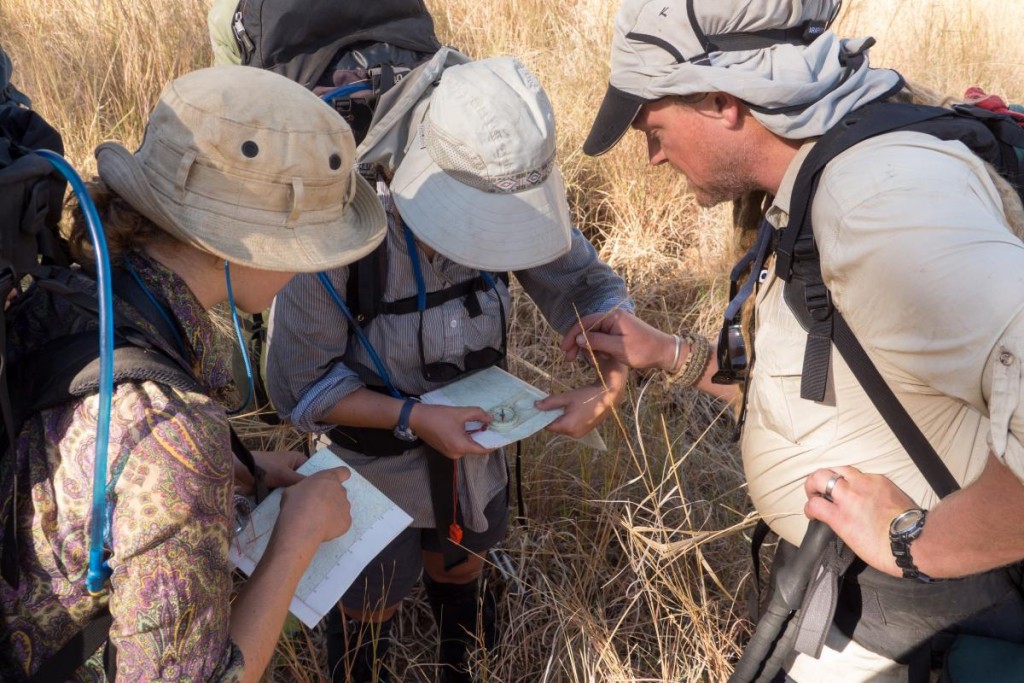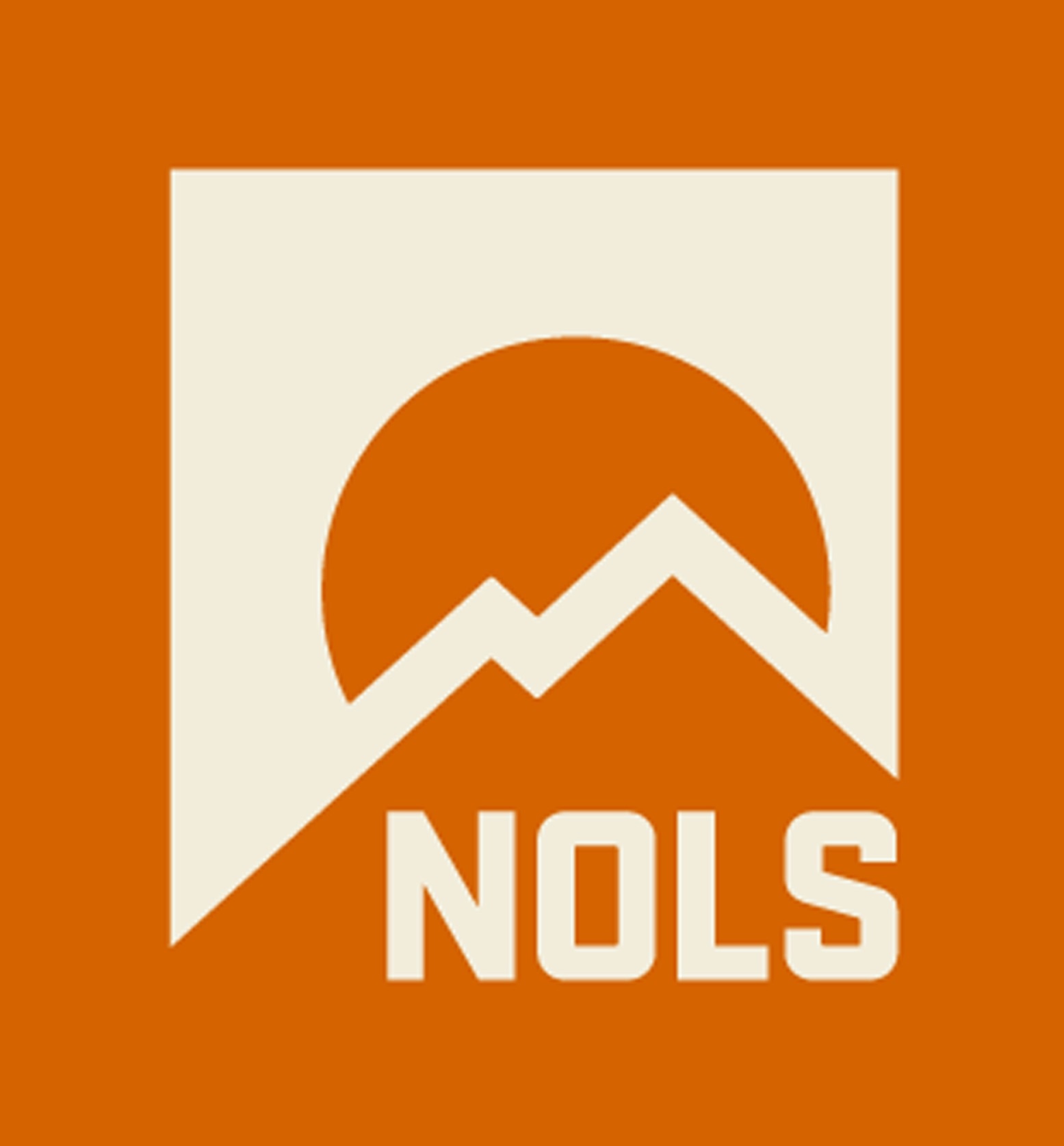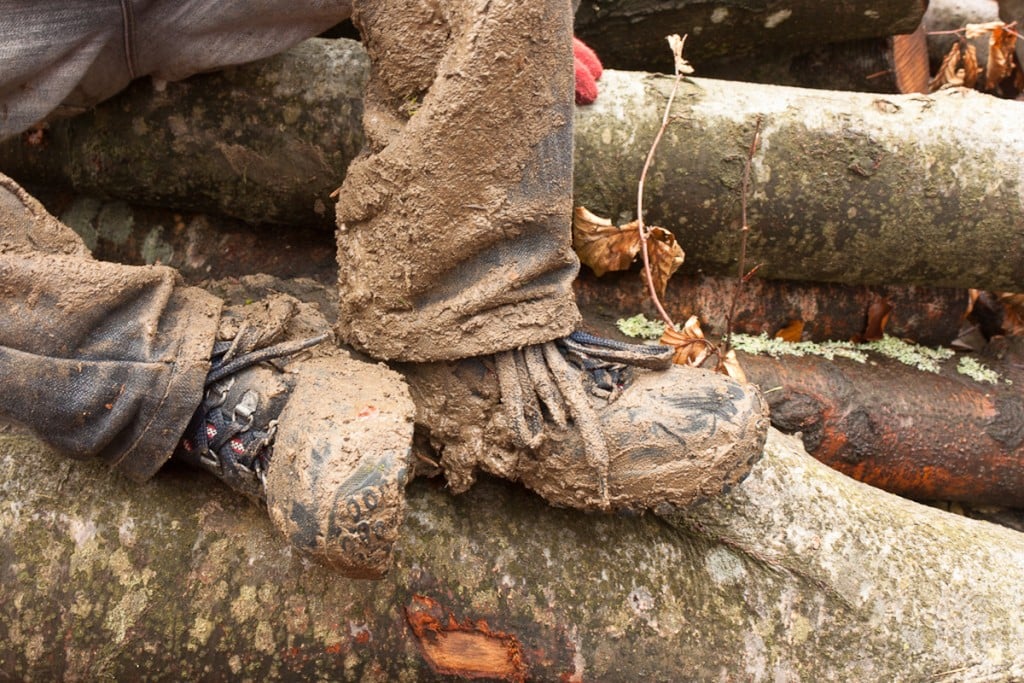By Alisha Falk, Spring Semester in Australia ‘15
When I signed up for the NOLS Australia semester abroad I was given a list of gear I would need to acquire. Some of the gear seemed vital, while a few things seemed to be items I could live without. One of the questionable items was a sun hat.
I stressed and grappled with myself about what kind of hat I would bring with me. I was unable to decide on anything until a week before I left. I finally decided on a fashionable, woven plant material hat that looked like a cross between a cowgirl hat and passable as an Aussie-style outback hat.
During the course, I wore that hat every single day on the Drysdale River. It was the only thing keeping my brains from scrambling during our frequent outdoor classes on wildlife, Aboriginal culture, and leadership.
It barely kept me from getting sunburnt, as the rim started to droop and nearly floated down the river during a couple of chaotic hang ups with the canoe. I was becoming frustrated with my skill level.
One evening, my hat proved one of its only merits. It became a home for an enormous, hairy, and comical looking spider, cute in a Dr. Seuss kind of way. I presumed it to be a Huntsman. Just before I placed the hat on my head, I cursed the color of the material as I shook out the multiple-eyed creature staring back at me.
I also wore the hat during my calmest moments when I sat to listen to the Outback and consider how old the land in Australia actually is, which made my most challenging days easier.
Toward the end of the canoeing section when the hat finally began to fall apart completely, we rested our canoes under some brush to take a floating break. As I sorrowfully crumpled my hat up in my hands to ring out the water, I vaguely remember my instructor Geoff Kooy saying with a playful smirk, “I was wondering how long that thing would last when you showed it to me.”
I felt a tiny twinge of sadness for the loss.
By this point I had long been admiring my other instructor’s hat. Sam Bright had this authentic-looking outback hat. It was built for exactly this kind of expedition. I thought to myself, “Man, if I could get myself one of these it will be a true Aussie souvenir to bring home to my father.” My dad had always dreamed of visiting the outback and was so proud of me; in his eyes I was the girl version of Indiana Jones!
For the next re-ration I requested that the helicopter fly in a brand spankin’ new glimmering Aussie hat that would stand up to any amount of abuse. My old hat flew back to Broome, where we started our journey, crumpled into a trash bag.
I had upgraded from floppy tourist to outback extraordinaire!
In this hat I successfully navigated the Outback with my fine-tuned map reading skills while using the sun and my shadow as a compass. I powered through the tallest grass, feared not the crocodiles or largest bugs I have ever seen in my life, and I explored the landscape with passion and wonder. Even the feral cattle avoided directly looking at me! I spent my nights in some of my favorite camping sites ever, tucked safely in my Mozzie dome with my hat hanging somewhere beside me, as I peered at the stars and sky that seemed to be magnified.
My final week was out on (Ewan) Sunday Island in the company of Irene Davey and two members of her family, Bardi Aboriginal guides hired to teach us about their culture. When I met Irene I felt a sense of respect that you might feel for a queen. Irene humbled me and reminded me to think about our world a bit differently. I came to the conclusion that this world is built for all of us, respected by some of us, and nurtured by only a few of us. Irene taught us lessons on Leave No Trace ethics that she is attempting to incorporate into her own community, and is working to tip the scale.
Irene reminded me that I was a person capable of changing the world and protecting the great environment I had just spent three months intimately exploring. She reminded me of those who were there first, and spoke of the pain many experience upon being separated from the land.
My hat protected me from the sun while we spoke.
I brought my Aussie hat home as a gift for my father. He passed away during the summer, shortly after I returned from Australia, but not before he saw me home safely. I like to think that he has the right hat for his next adventure.
I discovered that a hat is the most important item to bring with you on a NOLS expedition. I advise all future explorers to pick just the right hat. One that will hold up. It is also the most important item to bring home with you to remember your adventure. I would, however, like to say that maybe the hat is not the feature that changed my experience for the better. Maybe it was the person underneath the hat who changed.
Not only did NOLS Australia and ALL the people involved give me many valuable skills for my future, NOLS Australia also prepared me for any challenge I might face. I remember thinking each day is more difficult than the last one, but the day before prepared me for today.
I believe in the value of outdoor education. In my opinion there is no better way to learn. But if you ever find yourself on your way to the middle of nowhere, make sure to bring a proper hat.
About the Author: Alisha is currently a student at the University of Montana-Missoula College campus taking general courses. She hopes to switch over to the main campus next semester in pursuit of a health and human performance degree and possibly a minor in environmental studies. She has a black labrador named Kona who adventures with her around beautiful western Montana where they fish, pick huckleberries, and soak in hot springs. She is passionate about protecting wild places and believes that experiencing them is essential to human well being.






